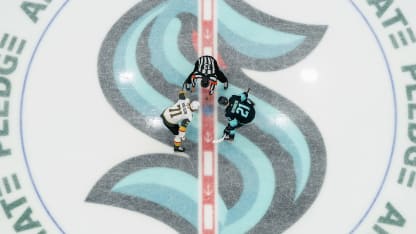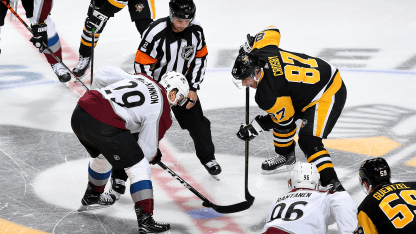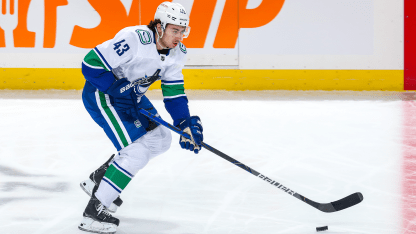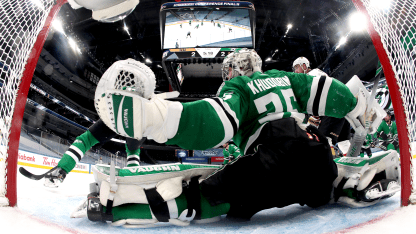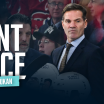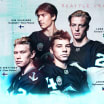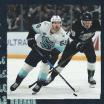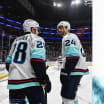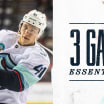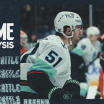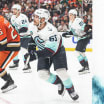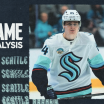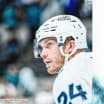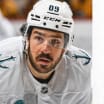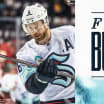What else? Lots: Fill passing lanes and stop passes when the other team has the puck; gain possession of the puck; start the attacking from as far back as behind the defending net; move the puck out of the defensive zone (clearing the blue line so the other team has to regroup before re-entering the zone) and, not least by all means, clear both opposing players and rebounds (deflections from a goalie's save) that are threateningly in front of the net.
Whew, but there's even more to the D-game. One is making quick decisions, such as where to send the puck once an offensive play is thwarted or when to move up into the offensive mix, or even whether to head to the bench for a shift change without leaving the goalie isolated.
During powerplays, the move into the offensive is better defined. Defensemen in the NHL are typically the "powerplay quarterback" deciding to unleash a hard shot on goal that might get past a screened goalie (by an aforementioned winger) or possibly get tipped by a stick or skate or whatever changes direction to foil the goalie.
Unlike the off-wing trend, most coaches and general managers prefer defensive pairings with left-handers on left D and righties on their natural sides. The concept is routine defensive plays are easier: passing on the forehand to clear the zone or start the offensive rush, attempting cross-ice passes in the neutral zone (between the two blue lines) or maneuvering in the corners to send a puck up the boards (playing off-D requires a backhanded play).
But statistics show roughly 60 percent of NHL defensemen are left-handed over the seasons. That leads to left-handers playing on the right side. NHL general managers tend to covet right-handed defensemen with star power and/or "shutdown"-caliber defensive skills.

